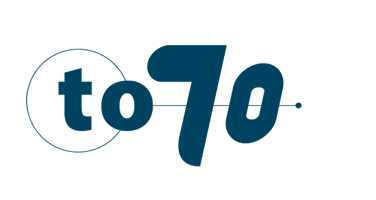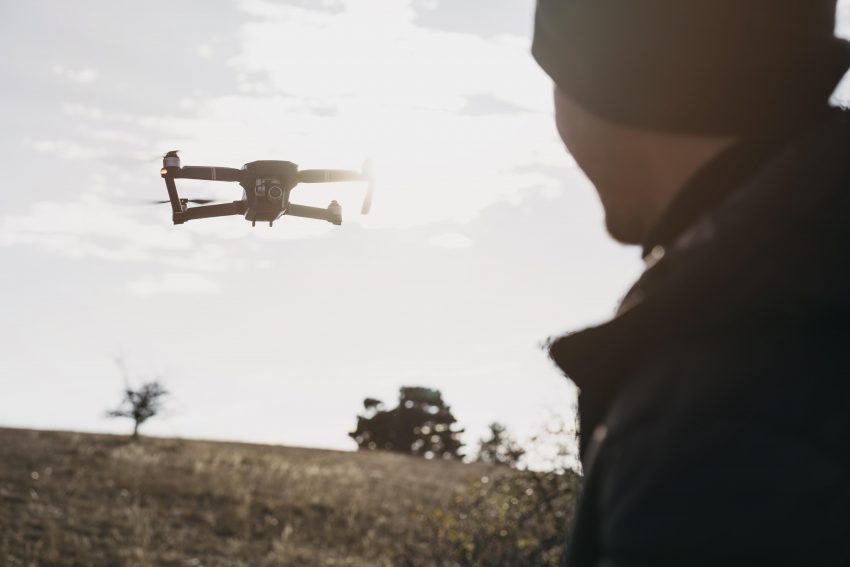As unmanned aviation grows rapidly, the sector is going to require an internationally standardized approach and guidance material to unmanned aircraft noise management. One would expect to look towards the International Civil Aviation Organization (ICAO) for the development of such material, but this is not as logical as it seems.
The Growth of unmanned aviation
Noise pollution is an annoyance for many of those living in the vicinity of airports. International rules and guidance are available to limit or reduce aircraft noise, such as ICAO’s Balanced Approach to Aircraft Noise Management. However, these are designed with manned aviation in mind and, for unmanned aviation, noise management is not yet within scope. The unmanned aviation market has not yet matured, and priority is instead given to enable the enormous application potential.
Unmanned aircraft can be used for blood sample delivery and crop dusting, but also for cross-border cargo hauling and human transport. With these looming expectations for growth, the need for an internationally standardized approach to unmanned aircraft noise management is evident. In this blog we will first explain why the current balanced approach of ICAO does not suit the majority of unmanned aircraft. Then, we provide several possible solutions to start the development of noise management material suited to all unmanned aircraft.
ICAO Balanced Approach
ICAO has developed a balanced approach to aircraft noise management, and urges states to adopt a balanced approach, thereby taking into account the guidance in ICAO Doc 9829 when addressing noise problems at their international airports. The goal is to address noise problems on an individual airport basis using noise-related measures that provide the largest noise reduction most cost-effectively. This is done through the identification of the noise problem and selecting the appropriate measures from one or more of the following four principal elements:
- Reduction of noise at source
- Land-use planning & management
- Noise abatement operational procedures
- Operating restrictions
The balanced approach to aircraft noise management and all other efforts that ICAO undertakes are developed for international IFR aviation. However, there are many unmanned aircraft, most are small, and their routes are not restricted. This means that the criteria set in the work of ICAO are not suited for the majority of unmanned aircraft, even though the balanced approach does apply to them.
Limited scope and comparability
ICAO’s remotely piloted aircraft system (RPAS) panel and its CONOPS only concern certificated RPAS operating internationally (i.e. cross-border) between 500ft AGL and FL600 under instrument flight rules (IFR) in non-segregated airspace and at aerodromes in the 2030 timeframe. This means that urban air mobility (UAM) is excluded from the scope, as well as transport of people, fully autonomous aircraft, and very low level (VLL) airspace operations. Hence, it is no surprise that the scope of ICAO’s “standards and recommended practices” (SARPs) under development do not cover the entire range of civil unmanned aviation.
ICAO’s balanced approach is designed to manage noise problems per airport. However, unmanned aircraft will take-off from and land at any location appropriate to their application. For smaller and mid-sized unmanned aircraft this is usually not a fixed vertiport. Large sized unmanned aviation, particularly UAM, will most likely take-off and land from vertiports in densely populated areas, thereby excluding land-use planning & management as an option to reduce noise impact. Even if vertiports are used, flight routes are not fixed as they are in manned aviation. Unmanned aircraft fly from anywhere to anywhere based on demand, unscheduled and infrequent. Unmanned aircraft are set to fly their ideal route from start to finish, circumnavigate prohibited zones through geo-fencing and using detect-and-avoid principles to stay clear from other traffic. Therefore, it will be difficult to implement noise abatement procedures.
Investigating possible solutions
With all of this in mind, we propose three possible initial solutions. [1] ICAO has to expand its scope to include most categories within unmanned aviation and redevelop the balanced approach to suit unmanned aviation, [2] new guidance material has to be developed at EU or state level, or [3] another coordinating organisation has to step in. Perhaps most suited for this is the Joint Authorities for Rulemaking on Unmanned Systems (JARUS).
JARUS is a group of experts from 63 National Aviation Authorities (NAAs), as well as regulation aviation safety organisations EASA and Eurocontrol. JARUS recommends technical, safety, and operational requirements to safely integrate Unmanned Aircraft Systems (UAS) into aviation. JARUS provides guidance material to facilitate each authority to write their own requirements and avoid duplicated efforts. Unmanned aircraft noise management is a matter of UAS integration, as it relates to e.g., UAS design standards, environmental impact, and public acceptance, and could therefore be part of the scope of JARUS.
Within To70, we are currently well aware of the developments regarding the integration of UAS into new safety and operational requirements. This allows us to provide insights for all stakeholders within the sector that are already affected or may be affected by these developments in the future.
In conclusion
In short, ICAO’s balanced approach to aircraft noise management is not suited for the majority of unmanned aircraft, mainly for two reasons: ICAOs limited scope for unmanned aviation and the fact that unmanned aviation cannot be compared to manned aviation. With noise management for small unmanned aircraft and UAM not within the scope of ICAO, it remains unclear who will be the one to develop guidance material for unmanned aircraft noise management, and how this will be done. At To70 however, we continue to work with the entire sector to develop solutions that suit all stakeholders.

